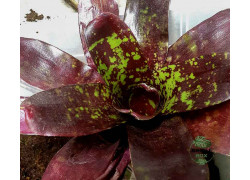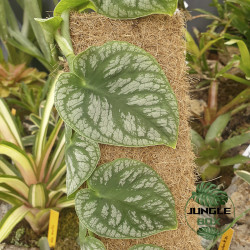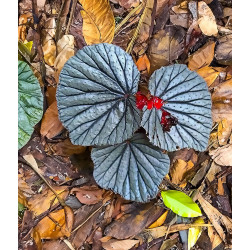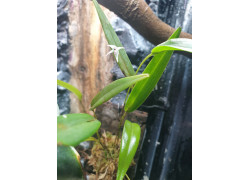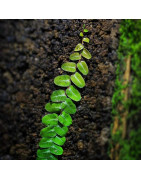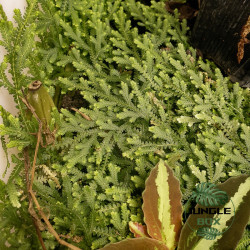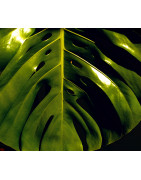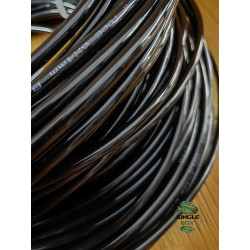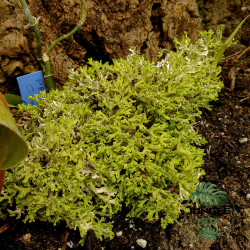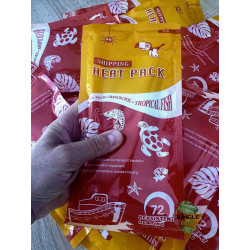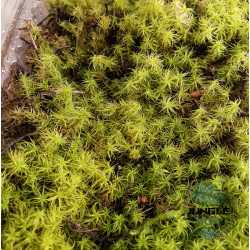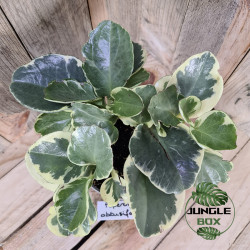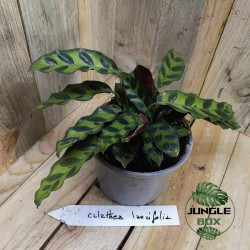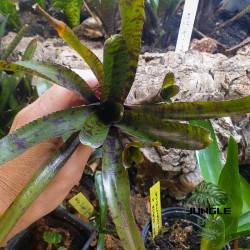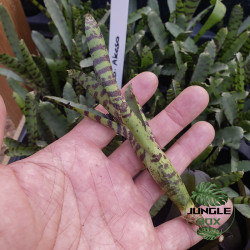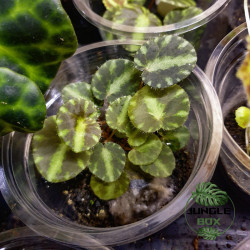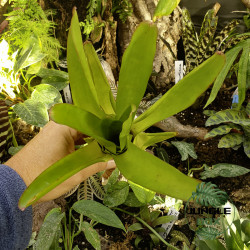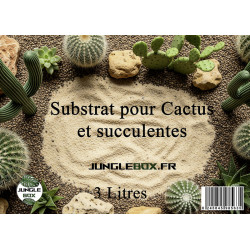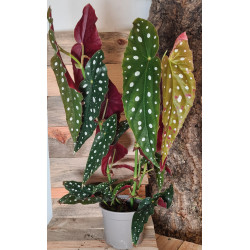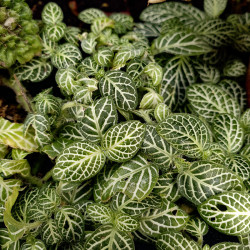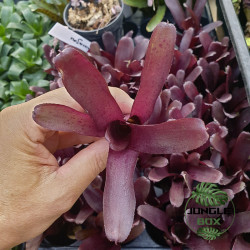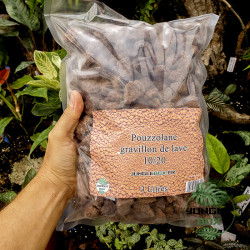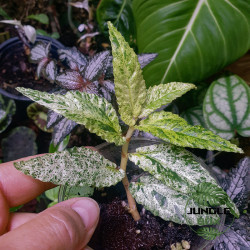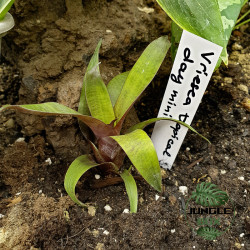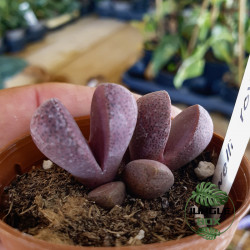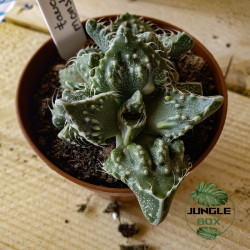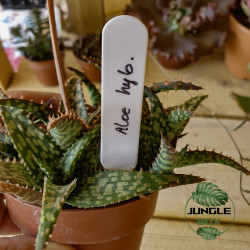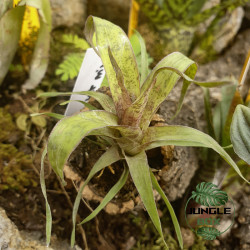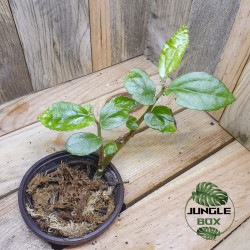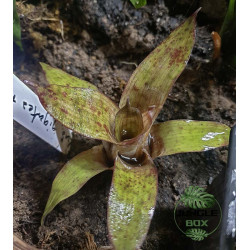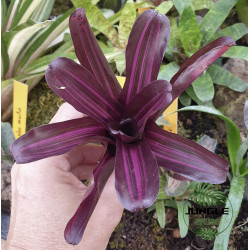Plants
🌿 About JungleBox
Welcome to JungleBox — where plants grow with love, care, and deep respect for nature!
Here, 80% of our plants are grown on-site, right in our own greenhouse. No unnecessary transport, no harsh treatments: we focus on quality, transparency, and a natural approach.
💧 Watered only with rainwater
🌱 Fertilized with 100% natural worm tea
🚫 No chemical fertilizers
Why? Because we care about the safety of your reptiles and amphibians. Our plants are grown without harmful substances, making them perfectly safe for terrariums — and beautiful as indoor plants too.
At JungleBox, we’re not just selling plants —
we’re nurturing a healthy, local, and life-friendly ecosystem.
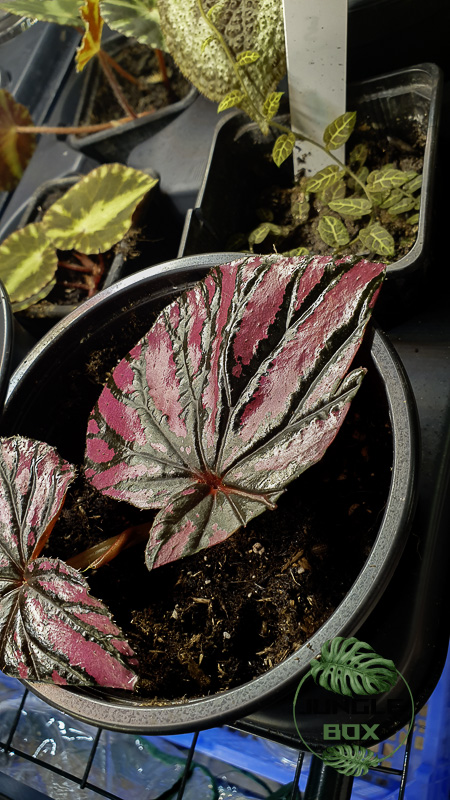
Subcategories
-
Bromeliad
Bromeliads are plants primarily native to tropical areas of America, with one species originating from tropical regions of West Africa. Many species are epiphytic, such as Tillandsias, and live hanging on the branches of trees in the rainforest, while others are terrestrial. They are perfect for decorating your planted terrariums.
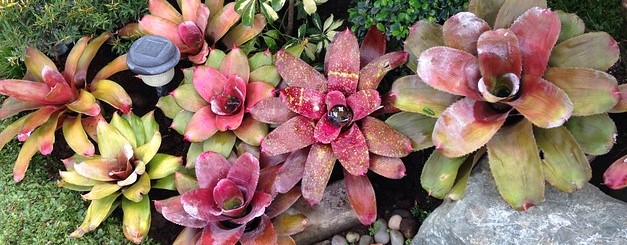
-
Araceae
The Araceae family brings together some of the most iconic plants of the tropical rainforest.
Known for their stunning foliage, architectural shapes, and lush greenery, they instantly transform any terrarium into a vibrant jungle.At JungleBox, we select strong, terrarium-compatible species such as Philodendron, Monstera, Alocasia, Anthurium, Syngonium, and Scindapsus.
These plants thrive in warm, humid environments with gentle light, perfectly mirroring their natural habitats beneath the rainforest canopy.🌱 JungleBox Tip:
Combine your Araceae with bromeliads, mosses, and creeping plants to build a balanced, self-sustaining ecosystem.
Their broad leaves help retain moisture, shelter microfauna, and add vertical structure and realism to your terrarium design.Discover our range of heart-shaped Philodendrons, silver-veined Alocasias, and climbing Syngoniums — each one carefully chosen for its natural beauty and ecological harmony within tropical microhabitats.
Whether you’re creating a lush vivarium for dart frogs, or simply bringing the essence of the rainforest into your home, Araceae offer endless possibilities for green design.
-
Begonia
Begonias are a genus of flowering plants belonging to the Begoniaceae family, with around 1,800 species. These plants are widely grown for their vibrant flowers and ornamental leaves, making them popular both as houseplants and for outdoor landscaping in tropical and subtropical climates.
🌱 Botanical Characteristics
-
Foliage:
The foliage of Begonias varies greatly from species to species. Some have round leaves, while others have elongated leaves, with textures ranging from smooth to fuzzy or even rough. The leaf colors can range from green to red to purple, with some varieties featuring silver or marbled patterns. -
Flowers:
Begonias are mainly known for their attractive flowers, which can be single or double and come in a wide range of colors, including white, pink, red, orange, and yellow. Some species, like Begonia tuberhybrida, are particularly appreciated for their large, showy blooms, while others, like smaller Begonias, are more subtle but equally charming. -
Mature Size:
Begonias can vary greatly in size depending on the species. Some, like Begonia rex, remain small and compact, while others, such as Begonia grandis, can grow to 1 meter or more in height. -
Growth Habit:
The growth habit of Begonias can be bushy, trailing, or compact, depending on the species. They can be grown in pots, hanging baskets, or as bedding plants for outdoor landscaping.
🪴 Care and Cultivation
-
Light:
Begonias prefer indirect, soft light. Too much direct sunlight can scorch their leaves, so they should be placed in bright but filtered light. They can also tolerate moderate light conditions. -
Temperature:
Begonias are tropical plants that thrive in moderate temperatures, ideally between 18°C and 24°C (64°F to 75°F). They are sensitive to cold and should be protected from temperatures below 10°C (50°F). -
Humidity:
Begonias enjoy moderate to high humidity but can adapt to normal room humidity. Using a humidifier or placing a tray of pebbles with water can help maintain the right humidity levels. -
Watering:
Water moderately, ensuring the soil is kept slightly moist but not waterlogged. Begonias do not like sitting in excess water, as this can lead to root rot. Let the soil dry slightly between waterings, but avoid letting it become too dry. -
Soil:
A well-draining, lightweight potting mix is essential for Begonias. A mixture of regular houseplant soil with perlite or sand ensures good drainage. Avoid heavy or compacted soils. -
Fertilization:
Fertilize Begonias with a balanced liquid fertilizer during the growing season (spring and summer) every two to four weeks. Reduce fertilization in fall and winter when the plant enters a dormant period.
🌱 Propagation
-
By Stem or Leaf Cuttings:
Begonias can be easily propagated by stem or leaf cuttings. Place the cuttings in water or moist soil to encourage rooting. -
By Tuber Division:
For tuberous Begonias, propagation can be done by dividing the tubers in the spring before new growth begins.
🌍 Uses
Begonias are highly versatile. Flowering varieties are often used for garden displays, while ornamental foliage types, such as Begonia rex, are perfect for indoor decor. Tuberous Begonias are popular in floral arrangements and hanging baskets.
🌟 Popular Begonia Varieties:
-
Begonia rex – Known for its beautiful marbled foliage, often grown indoors.
-
Begonia semperflorens (or Wax Begonia) – A small flowering variety, perfect for garden beds.
-
Begonia tuberhybrida – Famous for its large, double flowers and bright colors.
-
Begonia grandis – A hardy variety with pink flowers and attractive leaves.
-
Begonia maculata – Known for its spotted leaves and elegant appearance.
Begonias are attractive plants that are ideal for both indoor and outdoor spaces in temperate climates. They are easy to care for and come in a wide range of shapes, colors, and sizes, making them perfect for a variety of decorative needs. 🌸
-
-
Orchids
Orchids can be successfully cultivated in terrariums, providing a controlled and often more humid environment that mimics the natural conditions of their habitat. Terrariums also offer an aesthetic way to display orchids, protecting them from temperature and humidity fluctuations. For orchids in terrariums, it's important to choose species that adapt well to these conditions, such as miniatures or epiphytic orchids that thrive in humid, airy environments. It's also essential to provide good drainage and adequate lighting to ensure the healthy growth of the orchid in the terrarium.
-
Marantaceae
-
Vines
Vines are often used in terrariums due to their attractive appearance and their ability to climb and spread in limited vertical space.
Climbing Growth: Vines are climbing plants that produce adventitious roots, allowing them to attach and climb along the walls of the terrarium.
Decorative Foliage: The leaves of vines are often glossy and colorful, adding a touch of tropical aesthetics to your terrarium.
Need for Support: As climbing plants, they generally require supports such as moss sticks, trellises, or other plants to cling to and grow.
Growing Conditions: Vines typically thrive in medium to bright light conditions and prefer high humidity. They can be grown in various types of substrates, but they generally benefit from a well-draining mix containing sphagnum moss.
Pruning: Make sure to regularly prune your vines to control their growth and prevent them from smothering other plants in the terrarium.
By incorporating vines into your terrarium, you can create a lush and tropical environment for your plants and animals, as well as add vertical dimension to the layout.
-
Ferns
-
Lycophytes
-
Moss
There are several types of moss commonly used in terrariums, each offering unique characteristics in terms of texture, color, and growth. Here are some of the most popular mosses for terrariums:
Most common ones:
-
Sphagnum Moss: This moss is known for its ability to retain moisture and is often used as a top layer in terrariums to help maintain an optimal level of humidity for plants.
-
Java Moss (Taxiphyllum barbieri): This aquatic moss is often used in humid terrariums or paludariums. It can be grown emerged or submerged and provides dense, lush coverage.
It's important to choose the appropriate moss based on the specific needs of your terrarium, including the humidity level, desired aesthetics, and types of plants you want to grow.
-
-
Cactus
Growing cacti and succulents in a dry terrarium can be a fascinating and aesthetically pleasing project. Here are some considerations when creating a dry terrarium for these types of plants:
-
Drainage: Ensure you have good drainage in your terrarium. Use a substrate specially designed for cacti and succulents, or mix coarse sand or perlite with potting soil to improve drainage.
-
Lighting: Cacti and succulents need plenty of light to thrive. Place your terrarium in a location where it receives at least 6 hours of direct sunlight per day. If that's not possible, you can also use artificial plant-friendly lighting.
-
Ventilation: Ensure your terrarium is well-ventilated to prevent root rot. Excess moisture can be harmful to cacti and succulents, so allow for good air circulation.
-
Plant Selection: Select cacti and succulents that thrive in arid conditions and have similar needs in terms of sun exposure and watering regime. Avoid species that require high levels of humidity.
-
Maintenance: Cacti and succulents are generally low-maintenance plants, but it's important to monitor watering. Let the soil dry out completely between waterings to avoid root rot.
-
Decoration: Add decorative elements such as rocks, stones, and pieces of driftwood to create a natural desert-like look in your terrarium.
By following these tips, you can create a beautiful dry terrarium that showcases the beauty and diversity of cacti and succulents while providing a suitable habitat for these plants.
-
-
Other plants
different kind of plants
-
small price plants
-
Accessories
Accessories for plants, pots, automatic watering, misting, substrates...

